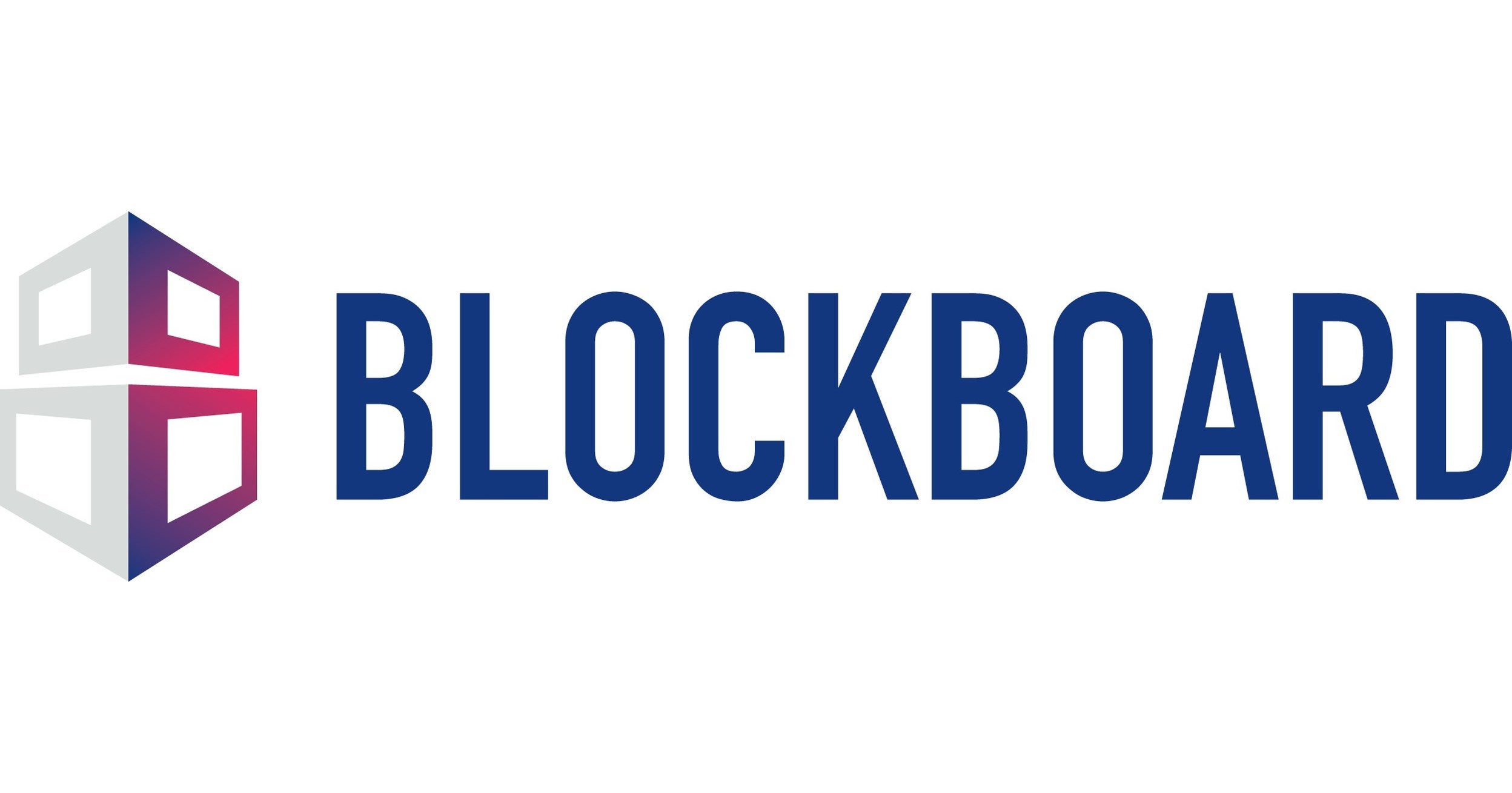The TV landscape is changing under our feet. Streaming has finally surpassed broadcast viewership, and it’s unlikely the wheel will ever turn back.
Amid this shift, advertisers have gotten loads of advice on how to reach their audience. The streaming landscape has some very large household-name players, but overall it is very fractured. FAST channels are proliferating like mushrooms after a rain. And CTV, like digital display before it, is facing fraud and mislabeled information.
The prevailing advice for advertisers is to go directly to the networks that operate these streaming platforms. The entire industry wants to believe that direct deals with streaming platforms or media conglomerates can avoid all of the issues with fraud, invalid traffic and other junk inventory.
What many won’t admit, however, is that buying direct comes with a fraud risk itself.
The risk of reach
Major media companies that own several broadcast networks, streaming platforms and FAST channels are signing direct deals with advertisers and opening up their inventory only to give advertisers access to low-quality, made-for-advertising junk or bot traffic.
I can hear you now. Wait, how can that possibly be true? How can a publisher or network get duped into serving fraudulent inventory? The issue comes down to old tactics for growing web traffic that are now popping up in CTV, injecting fraud directly into the direct programmatic CTV market.
Reach extension is at the heart of this issue.
For the past 20 years, web publishers – including premium journalistic outlets – have deployed a tactic called reach extension to grow their scale. It’s older than programmatic buying itself, and it’s widespread across the ecosystem. Broader scale equates to more appeal to advertisers, which translates to more revenue for the publishers.
While reach extension sounds like a solid goal, it’s a dark art. The vendors tasked with artificially boosting publishers’ reach frequently turn to questionable tactics. This may involve shadow domains, as Forbes was caught doing last year, or the use of bots to boost traffic numbers.
Same old mistakes
Fast-forward to 2025. Fewer people are watching our cable and broadcast programming, so we need to demonstrate greater scale, draw advertiser interest and grow revenue. And we’re falling into old traps.
In some cases, the media companies aren’t even aware that they have reach-extension skeletons lurking in their closets. Major media companies may have premium, high-quality content that advertisers want. But the lingering effects of reach extension mean that spoofed domains or bot traffic are included alongside the good stuff.
This undoes so much of the good work that the industry is doing. For one thing, advertisers likely have no idea that they are susceptible to fraud when making direct deals with publishers. If they’re not actively filtering out the bad stuff, they are wasting money. As a result, the performance numbers don’t look good. In an era where every dollar counts, the advertiser is going to optimize their money toward the publishers that deliver performance.
This is bad news for the media conglomerate looking to grow its revenue through CTV. They’re serving up junk, which is hurting advertisers’ performance numbers and disincentivizing them from further investment. What started as an attempt to attract advertisers 20 years ago is now pushing them away on an entirely new channel.
CTV is the present and the future for both TV and digital advertising. We can’t let bad tactics from two decades ago destroy the future of the industry. Both buyers and sellers need to be aware of what’s going on and work together to weed out the remnants of reach extension.
Publishers must commit to full transparency into where impressions originate, ensuring that every stream is tied to verified, brand-safe inventory. Advertisers, meanwhile, should demand log-level data and independent verification from trusted measurement partners rather than relying on topline reporting. And the industry at large should embrace standards for CTV inventory quality, just as it did for digital display.
“On TV & Video” is a column exploring opportunities and challenges in advanced TV and video.
Follow Blockboard and AdExchanger on LinkedIn.
For more articles featuring Matt Wasserlauf, click here.

















